IAEE Preferred Partner Risk Strategies explains the benefits and considerations behind business interruption insurance.
By Mike Bostley, Director, Complex Property Claims; Peter Fallon, National Property Practice Leader; and Amy Hahn, Director, National Loss Control and Safety Practice
Originally published by Risk Strategies
Events outside your control can bring your business to a screeching halt. After one of your best quarters, a wildfire could engulf your warehouse in flames. A hurricane could destroy your hotel’s roof, forcing you to shut down for weeks, costing millions of dollars in potential revenue.
Business interruption (BI) insurance is a business owner’s best friend when that worst-case scenario hits. Here’s a guide to BI coverage – what you need to know, and do, to keep your company on track.
What is business interruption (BI) insurance and what does it cover?
When disaster strikes, business interruption (BI) insurance can replace profit and fixed expenses. To be covered under a BI policy, your business pause must relate directly to physical loss or damage. Further, the loss or damage must be caused by a loss event listed in your commercial property insurance policy.
Things BI can cover can include:
Profit reimbursement Fixed costs Temporary location (if circumstances force relocation) Extra expenses needed to keep the business operating after the shutdown Employee wages/payroll Loan payments due during a pause in operations And more, depending on company-specific needs and circumstances
What events can trigger BI coverage?
Business interruption risks range broadly – from heavy rain causing water damage that shuts you down for a week to ongoing wildfires pausing operations for months. In the past three years, unprecedented BI losses have stemmed from:
California wildfires Severe weather events, including hurricanes, floods, and freezes Riots Losses resulting from construction defects Fires and explosions Tornados Equipment failures
BI is not cut and dry. All these perils could impact your business. By working with a team of experts, you can understand the complexities within your policy and make sure you’re covered.
4 key steps to take before a BI loss
Pre-loss claims management can be just as important as how you handle your claim after a loss. Set yourself up for business interruption coverage success using the following tactics:
#1 Review your business interruption insurance policy
Go through your policy page by page. Ensure it makes sense and that your business will be able to survive catastrophic scenarios under your written coverage. Look at it from all angles and assess the language using multiple interpretations.
For added assurance, consult outside or internal counsel, including your broker and underwriter.
#2 Understand property and business interruption values
Carriers require a BI worksheet and statement of values prior to renewal. You can’t change the documented values of property or BI-covered assets at the time of a loss, so ensure that values are always up to date. Assess the values at every renewal to account for inflation, acquisitions, etc.
While the loss will not be adjusted based on the BI worksheet, it’s important that location allocations reflect each location’s revenue and expenses for probable maximum loss (PML), maximum foreseeable loss (MFL), and catastrophe (CAT) exposure analyses.
Conduct a “what if” analysis to determine the potential costs to your business under different scenarios. Quantify financial and operational risks as you think through each scenario. For example, if you can transfer calls to a different call center if one center is damaged, how much will your business be affected? Could you continue shipments from a different location if one distribution center is flooded?
These assessments, alongside consultations with your broker, will help you make informed decisions about what type of BI insurance and limits your company needs.
#3 Establish claims management protocol, disaster recovery, and contingency plans
Work with your team to determine what will happen if an event occurs. Institute guidelines that will protect your employees and your customers and keep your business running as smoothly as possible.
#4 Build your team
Put your team together before a loss. That way when something happens, you can start the claims process immediately and keep your business afloat. Best practices call for internal and external professionals:
Internal
Risk manager Operations Finance General counsel
External
Insurance broker Forensic accountant Engineer/contractor Outside coverage counsel (if no internal counsel)
Named adjuster
If your business is bigger and you have the ability, establish a named adjuster in advance of a loss. The adjuster can be pre-determined and agreed upon by the insurer and the policyholder. This helps ensure you’ll work with an adjuster you trust and who knows your business.
Business interruption claims best practices
The early days after a business interruption event are key. These 10 steps can make the claims process smoother:
Be the squeaky wheel, especially with catastrophe (CAT) claims. Get the adjuster there ASAP with your team. Set a tone of cooperation. Meet with the adjuster and provide access to anything they need. Assume responsibility for measuring your own claim. Put your team into action (forensic accountants, engineers, and so forth). Form a claims strategy. Determine the outcome you want. If your factory burns down, do you want to build it in same place or relocate? Or would you like to change the interior of the building? You will need to calculate any cost difference. Establish strategic communications with the adjuster. Document everything. Send all agreements and discussions in an email to make sure they’re on the same page. Schedule regular meetings with the adjuster, especially when dealing with large and complex losses. Make frequent and supported requests for interim cash advances. Prepare pro forma claims early, if needed for cash flow to maintain business operations. Develop and communicate to the adjuster a rebuild plan and period-of-restoration plan. Maintain open communication so there are no surprises. Keep the adjuster informed of major decisions. Seek approval for expenses
Strategies to help settle a BI claim
Business interruption claims are complex – filled with projections, assumptions, and “what ifs”. Settling a BI claim requires managing expectations, heaps of evidence, and a willingness to negotiate. Claim settlement can be cooperative yet tense at the same time.
Understand the unique facts and circumstances surrounding your claim and policy. Make sure to support everything with documented proof. You’ll have a better chance of success if you consider the viewpoint of the insurer. Understand the strengths and weaknesses of the claim and anticipate where they might push back.
Here are some of the documents insurers may request to substantiate your claim:
Profit and loss (P&L) statements Sales and production records Purchase orders Invoices Payment records – credit card statements, canceled checks Payroll records Budgets and historical information Tax returns Lease agreements Contracts and agreements
They may require additional documentation to measure the claim.
When you reach the negotiating table and are face to face with the insurance company, resolve your differences item by item. The carrier may soften after finding areas of agreement elsewhere. Compromise can be a beautiful thing. If neither side is willing to compromise, it could lead to appraisal or litigation – both costly and lengthy processes.
If you prepare a credible claim, you can get paid more quickly, and all parties are happier.
Survive and thrive after a crisis with BI coverage
A natural disaster or an equipment failure doesn’t have to derail your business. By working with an experienced team and adopting key BI strategies, you can get the coverage you need to come back better than ever.
About the Authors
Mike Bostley handles large and complex property claims nationally, including those for business interruption.
Peter Fallon, National Property Practice Leader at Risk Strategies, helps companies structure and place property and business interruption insurance programs.
Amy Hahn, a Certified Fire Protection Specialist (CFPS), assists clients in identifying property-related risks and ways to mitigate them, including analyzing exposures to catastrophes.
The contents of this article are for general informational purposes only and Risk Strategies Company makes no representation or warranty of any kind, express or implied, regarding the accuracy or completeness of any information contained herein. Any recommendations contained herein are intended to provide insight based on currently available information for consideration and should be vetted against applicable legal and business needs before application to a specific client.
The views and opinions expressed by blog authors are those of the authors and do not necessarily reflect the official policy or position of the International Association of Exhibitions and Events®. Any content provided by our bloggers or authors are of their opinion. All content provided on this blog is for informational purposes only. IAEE makes no representations as to the accuracy or completeness of any information on this site or found by following any link on this site. IAEE will not be liable for any errors or omissions in this information nor for the availability of this information.



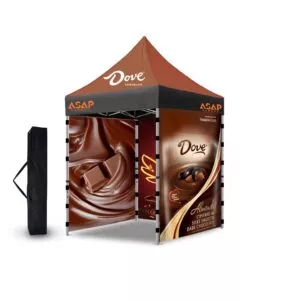
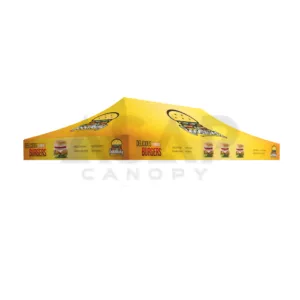
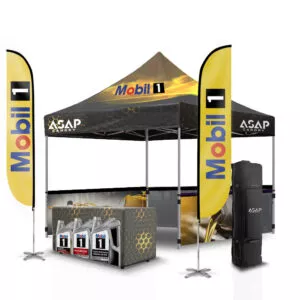
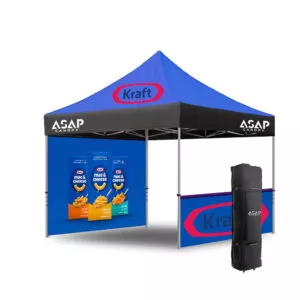
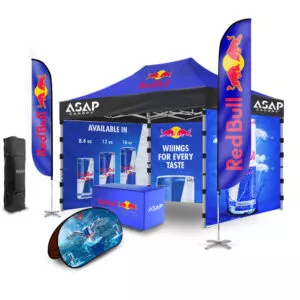
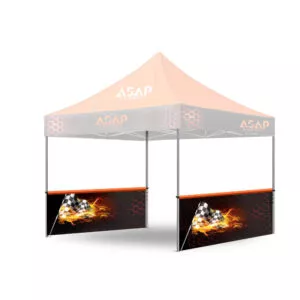

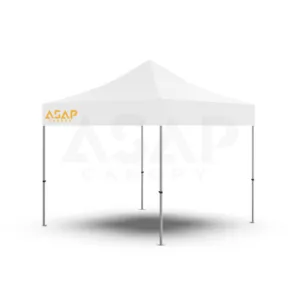
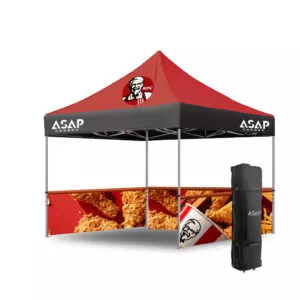

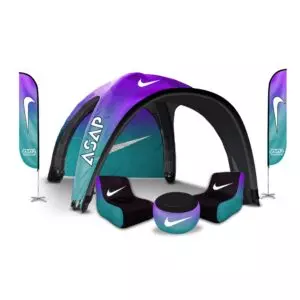
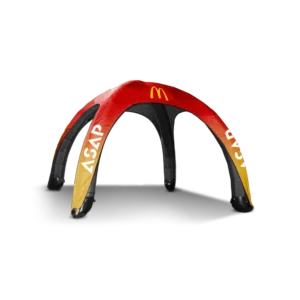

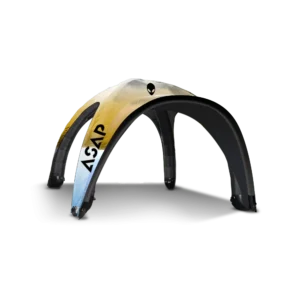


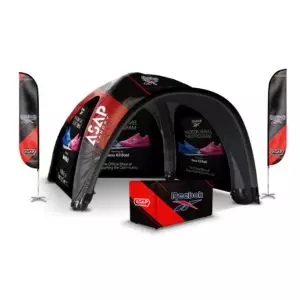

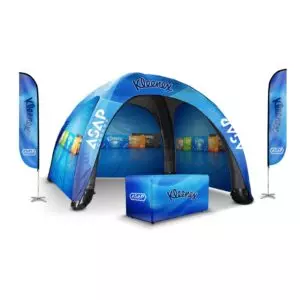

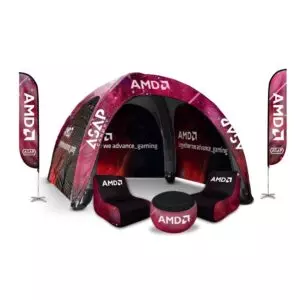
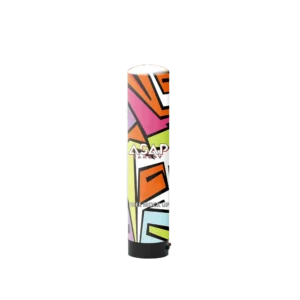

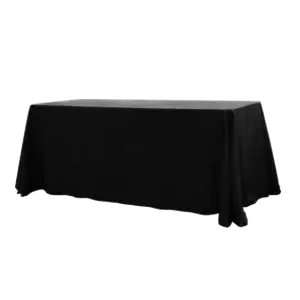

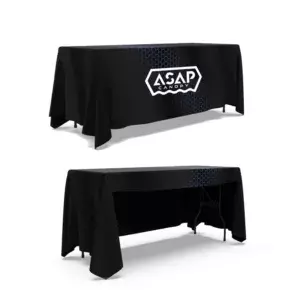

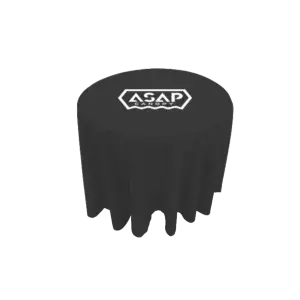
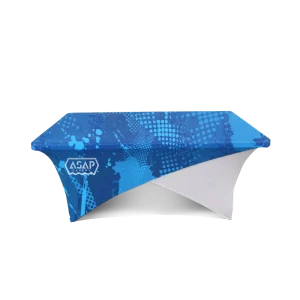

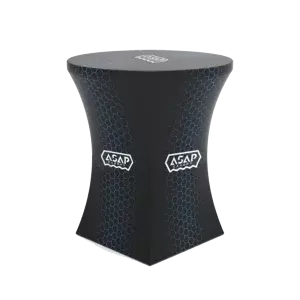
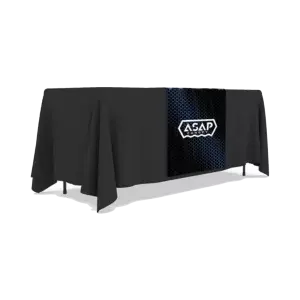

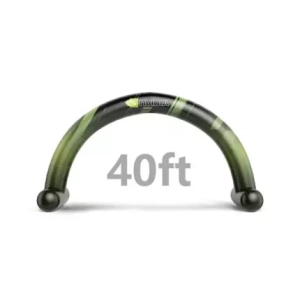
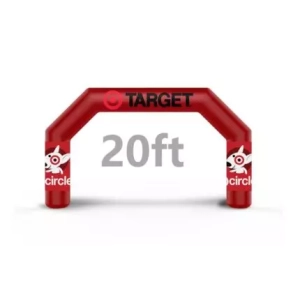
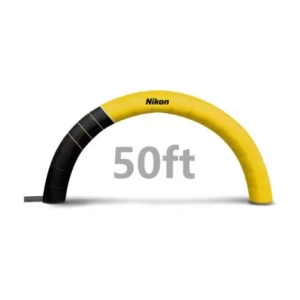






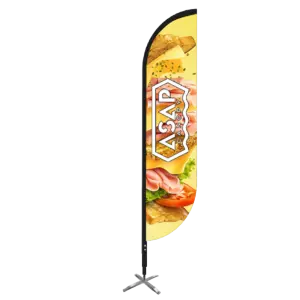
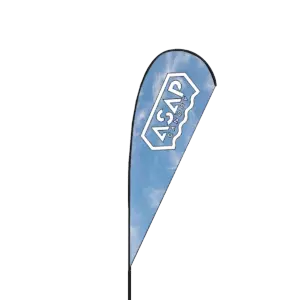
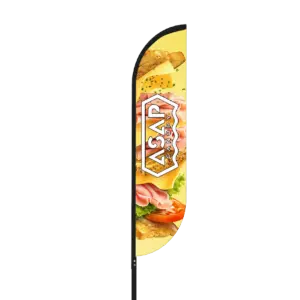

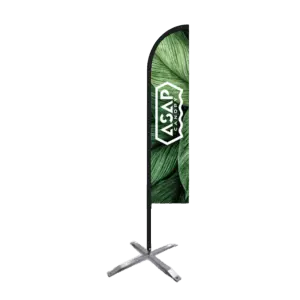











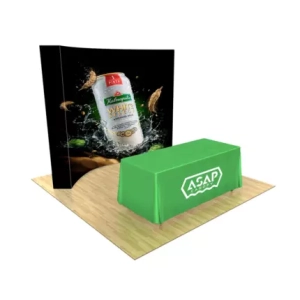






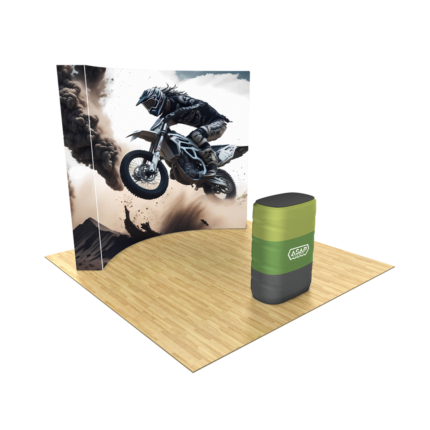
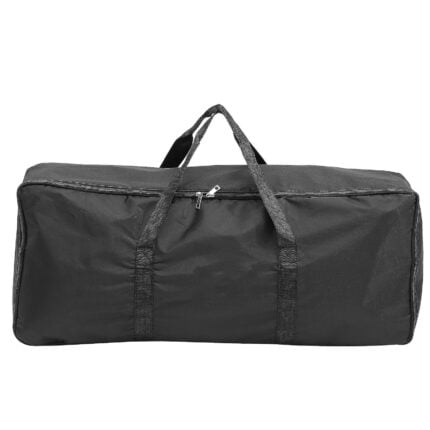
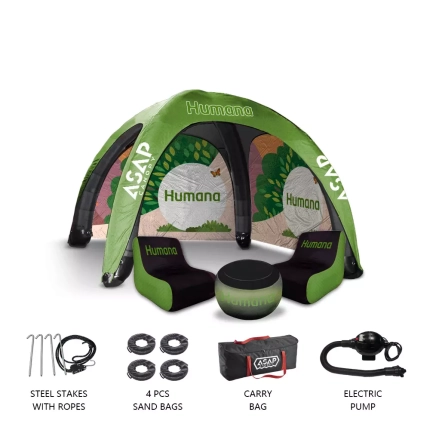




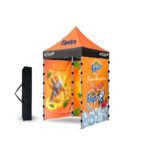 5×5 Pop Up Tent
5×5 Pop Up Tent 6.5×6.5 Pop Up Tent
6.5×6.5 Pop Up Tent 10×10 Canopy Tent
10×10 Canopy Tent 10×20 Canopy Tent
10×20 Canopy Tent Canopy Options
Canopy Options Blank Canopy Top
Blank Canopy Top Canopy Top
Canopy Top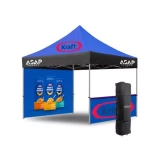 Canopy Walls
Canopy Walls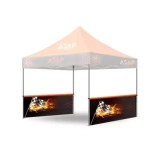 Canopy Side Skirt
Canopy Side Skirt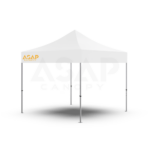 Blank Canopy
Blank Canopy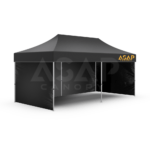 Blank Canopy Kit
Blank Canopy Kit
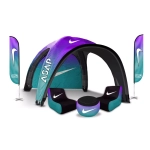 Inflatable Canopy Tents 10×10
Inflatable Canopy Tents 10×10 Inflatable Canopy Tents 13×13
Inflatable Canopy Tents 13×13 Inflatable Canopy Tents 16×16
Inflatable Canopy Tents 16×16 Inflatable Canopy Tents 20×20
Inflatable Canopy Tents 20×20 Inflatable Canopy Tents 23×23
Inflatable Canopy Tents 23×23 Inflatable Canopy Tents 26×26
Inflatable Canopy Tents 26×26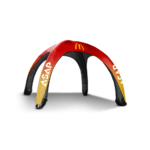 Inflatable Spider Tents
Inflatable Spider Tents Inflatable Dome Tents
Inflatable Dome Tents Inflatable Eclipse Tents
Inflatable Eclipse Tents Inflatable Party Tent
Inflatable Party Tent Inflatable Furniture
Inflatable Furniture Inflatable Pillar
Inflatable Pillar
 15FT Inflatable Arches
15FT Inflatable Arches 20FT Inflatable Arches
20FT Inflatable Arches 25FT Inflatable Arches
25FT Inflatable Arches 30FT Inflatable Arches
30FT Inflatable Arches 40FT Inflatable Arches
40FT Inflatable Arches 50FT Inflatable Arches
50FT Inflatable Arches Custom Constant Arches
Custom Constant Arches Custom Sealed Arches
Custom Sealed Arches
 Fitted Table Covers
Fitted Table Covers Stretch-Fit Table Covers
Stretch-Fit Table Covers Loose Table Throws
Loose Table Throws Cross-Over Stretch-Fit Table Cover
Cross-Over Stretch-Fit Table Cover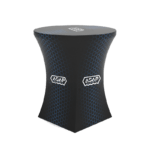 Round Stretch-Fit Table Cover
Round Stretch-Fit Table Cover Blank Table Throws
Blank Table Throws 3-Sided Loose Table Throw
3-Sided Loose Table Throw Round Fitted Table Covers
Round Fitted Table Covers Table Runners
Table Runners Square Table Covers
Square Table Covers
 Single Pole Star Tents
Single Pole Star Tents Double Pole Star Tents
Double Pole Star Tents
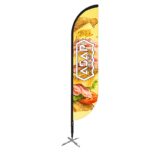 Feather Flags
Feather Flags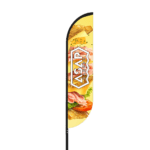 Feather Banner
Feather Banner Blade Flags
Blade Flags Blade Banner
Blade Banner Teardrop Flags
Teardrop Flags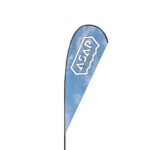 Teardrop Banner
Teardrop Banner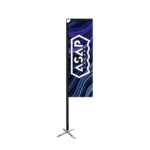 Rectangle Flags
Rectangle Flags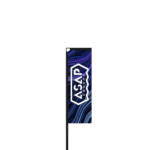 Rectangle Banner
Rectangle Banner Mesh Event Banners
Mesh Event Banners Pop Out Banner Horizontal
Pop Out Banner Horizontal Pop-Out Banner Vertical
Pop-Out Banner Vertical
 Trade Show Display
Trade Show Display Trade Show Display Kit
Trade Show Display Kit Pop Up Trade Show Display
Pop Up Trade Show Display Pop Up Trade Show Display Deluxe Kit
Pop Up Trade Show Display Deluxe Kit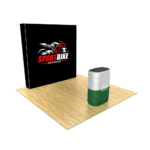 Pop Up Trade Show Display Kit
Pop Up Trade Show Display Kit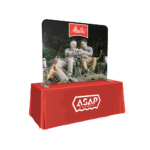 TableTop Displays Kit
TableTop Displays Kit Pop Up Tabletop Display Kit
Pop Up Tabletop Display Kit Pop Up Tabletop Display
Pop Up Tabletop Display Tabletop Display
Tabletop Display Straight Trade Show Exhibit Booth
Straight Trade Show Exhibit Booth Banner Stand
Banner Stand
 Flag Accessories
Flag Accessories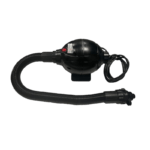 Arch Accessories
Arch Accessories
